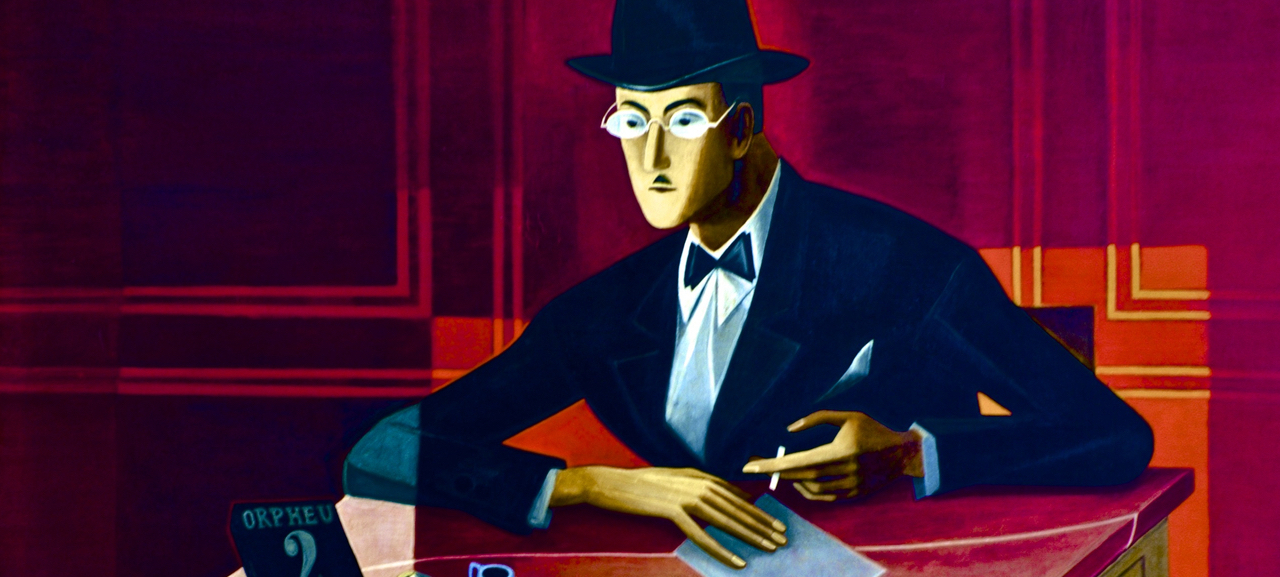Table of Contents Show
Fernando Pessoa’s The Book of Disquiet is a unique novel in that it isn’t a novel at all. Instead, it is a collection of fragments, diary entries, musings scribbled on napkins, untitled, unedited, left by the Portuguese author in a trunk, and only found long after his death: a factless autobiography, an unwritten novel, an anti-novel. First collected in 1982, The Book of Disquiet reads differently depending on the publisher. The editor decides the placement of the fragments, diary entries, prose poems, and interludes.
The reader determines the order they’re read. That is to say; one could flip to any page and begin reading The Book of Disquiet. These fragments are unbound within the book’s binding — one stumbles upon each scattered moment suspended in time, each detailed description, rumination on dreams, musings on tedium, and heavy sense of Pessoa’s own self-imposed isolation. In this fragmentation, The Book of Disquiet becomes a living entity — a visionary landscape of Lisbon draped in the author’s melancholy, where the clouds illuminate our weariness and the mention of rain beg our tears.
Rainy Landscapes
Whether it was Pessoa’s intention or not, the environment itself becomes a character in The Book of Disquiet — the only other major character besides the narrator, Bernardo Soares (one of Pessoa’s many heteronyms) (( 22, Richard Zenith July. “The Heteronymous Identities of Fernando Pessoa.” Literary Hub, July 22, 2021. )). The entities within the city of Lisbon, the rain, wind, and cloud, form alongside our narrator like a shadow or reflection. Pessoa’s writings of his own adverse effects — of social anxiety, isolation, ennui — overlap writings that are simply descriptions of the weather, often titled “Rainy Landscape.”
A Search For Meaning
In the Penguin Classics, Richard Zenith’s translation, a particularly poignant fragment, numbered “141,” is fixed between explorations of finding meaning in the meaninglessness of existence, whether through writing, suicide, or dreaming. Pessoa overwhelms the reader with explanations of his weariness, his struggle to exist in this world, but his refusal to leave the world altogether. He argues for dreaming — for sleeping while waking, for exploring these impossible landscapes.
“My spirit abandons the material dimension. I investigate with my imagination. The people passing by on the street are always the same ones who passed by a while ago, always a group of floating figures, patches of motion, uncertain voices, things that pass by and never quite happen”
(( Pessoa, Fernando, and Richard Zenith. The Book of Disquiet. pg. 127. London: Penguin, 2002. )).
There is a sense of both escaping the melancholy and disquiet of reality in these passages and being trapped within them. There is also a sense of trying to communicate precisely what these feelings are, what these thoughts feel, and understanding that it is incommunicable, futile. But, still, Pessoa is compelled to try.
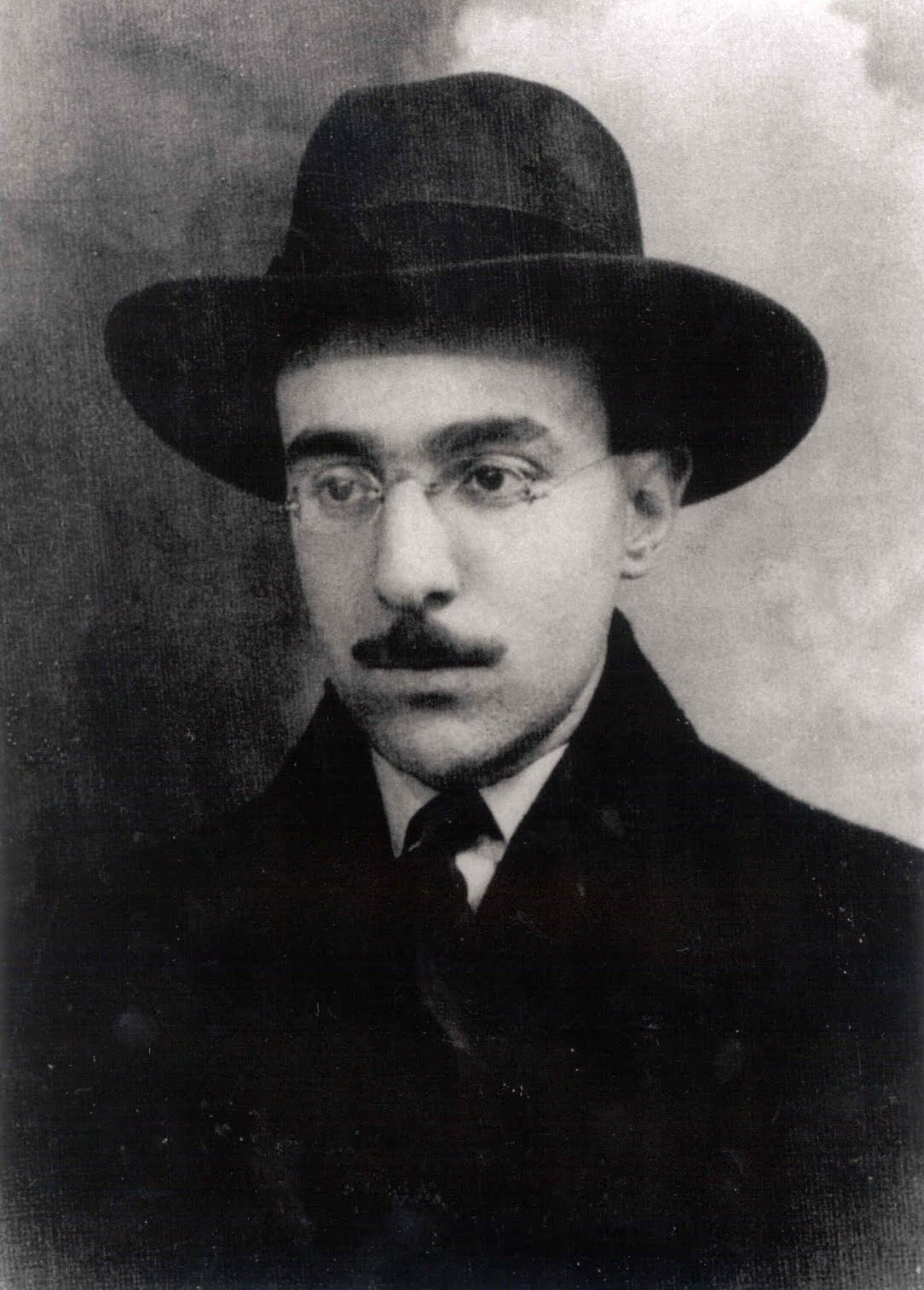
Communicating Loneliness Through Climate
Fragment 141, like many others, is the rainy exterior that echoes Pessoa’s tearful interior. It begins, “Each drop of rain is my failed life weeping in nature. There’s something of my disquiet in the endless drizzle, then shower, then drizzle, then shower through which the day’s sorrow uselessly pours itself out over the earth. It rains and keeps raining. My soul is damp from hearing it. So much rain… My flesh is watery around my physical sensation of it” (( Pessoa, Fernando, and Richard Zenith. pg. 126. The Book of Disquiet. London: Penguin, 2002. )).
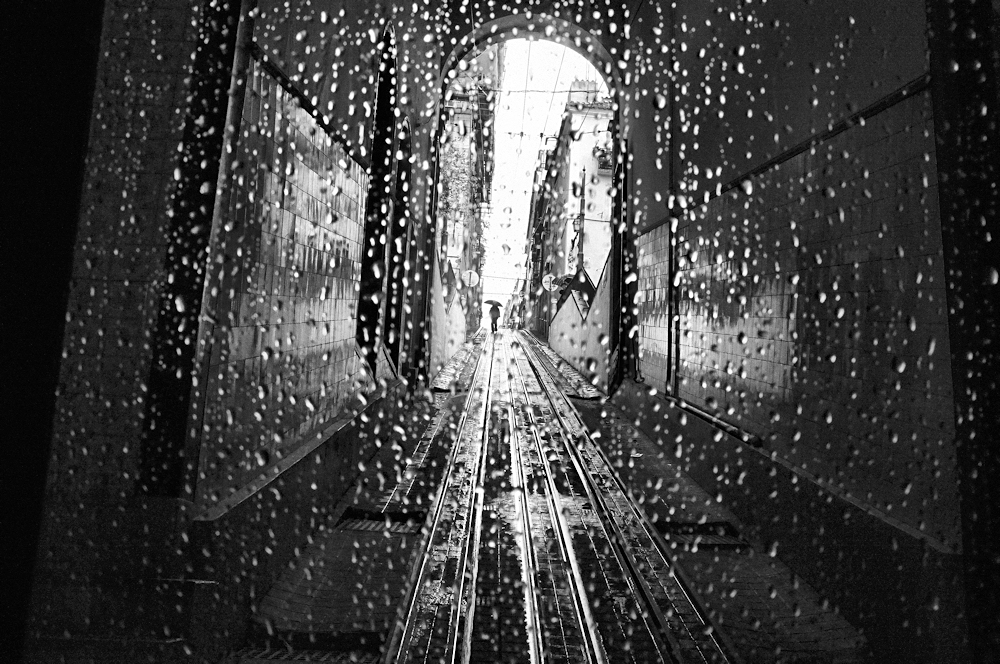
Are we to take then that Pessoa’s melancholy is a factor of his physical environment? That the city itself makes Pessoa sad and imposes this sense of isolation upon him? Or could it be the other way around? Is it Pessoa’s melancholy that brings the city of Lisbon to tears? The Book of Disquiet implies that it is both — a reciprocal relationship between Pessoa and the landscape, a conversation, or an attempt to communicate, where the exterior reflects the interior, and Pessoa is both unable to escape himself unable to separate himself from the whole of the world.
As the rain continues to fall throughout the scattered, stalled moments in time, unordered and without year or season, one begins to find order in The Book of Disquiet. Pessoa conjures our fictional Lisbon, always rainy, sometimes not, filled with people — formless, without identities — beautiful and sad, lonely, and at once, indifferent to it all. At the same time, Pessoa mourns his inability to communicate genuinely, transparently; he at once declares the pointlessness of even trying and his joy in being no one — nothing. And in doing so, the environment echoes his sentiments. In fragment 167, Pessoa writes,
“Everything is us, and we are everything, but what good is this, if everything is nothing? A ray of sunlight, a cloud whose shadow tells us it is passing, a breeze that rises, the silence that follows when it ceases, one or another face, a few voices, the incidental laughter of the girls who are talking, and then night with the meaningless, fractured hieroglyphs of the stars.”
(( Pessoa, Fernando, and Richard Zenith. The Book of Disquiet. pg. 149. London: Penguin, 2002. )).
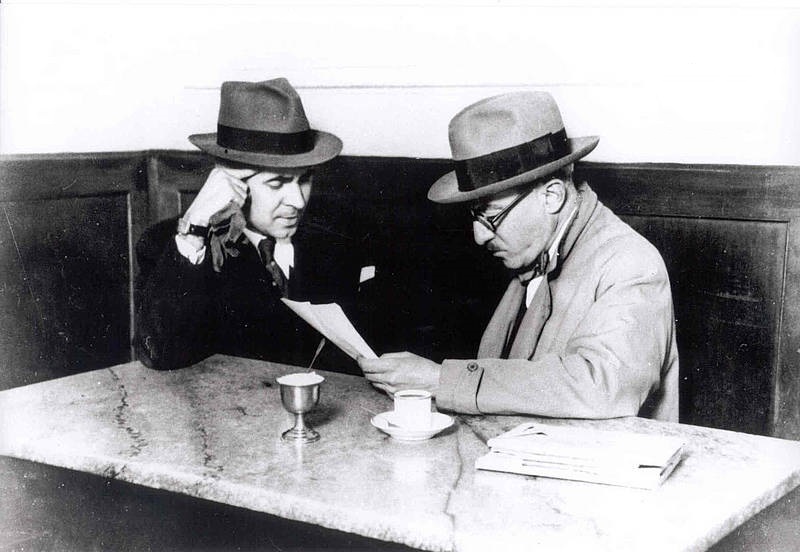
This joining of the self with the all, of the exterior environment with the interior of indifference, is part of Pessoa’s and the Book of Disquiet’s significance. Here, he articulates clearly the space between our perception of the world and what it truly is — a world unconcerned with us as humans, but a world where we are an afterthought, a piece of a whole. Suddenly the writing drenched in melancholy, heavy in weariness, and bored with existential dread is… lifted. It becomes something not-positive, but not-negative either — neutral, objective in its presentation of the rainy landscape and of Pessoa himself.
Who Is Pessoa? The Fragmentary Man
Interestingly, the fragmentary novel serves as this perceptive reflection of whoever stumbles upon it. Pessoa himself was a man of fragments. He created over 130 heteronyms in his lifetime, each with their own names, personalities, and writing styles; he even wrote up their astrological birth charts. It makes sense, then, that in The Book Of Disquiet, riddled with declarations of existence and non-existence, Pessoa’s fragmented identity and the written fragments come together to reflect, like a mirror, the face of the reader.
Pessoa was a loner, a quiet, reclusive man, who worked as a bookkeeper, never married, and died in obscurity in 1935. But he was also much more than that; The Book Of Disquiet is proof of this. A universe composed of fragments, of multiple I’s, and of us. “What hand will I reach out and to what universe? The universe isn’t mine: it’s me” (( Pessoa, Fernando, and Richard Zenith. The Book of Disquiet. pg. 112. London: Penguin, 2002. )).
The Reflection Of Selves
These moments of clarity and realization are sprinkled through the novel, like bursts of sunlight, a cloud passing over, the rain lifting. And what’s left is a feeling of acceptance, a momentary relief from the melancholy of existence in acknowledging it as much as Pessoa’s interior is reflected by the exterior in the novel, as is the reader’s. It can’t be helped. The fragmentary, unfinished nature of the text implores the reader to confront themselves from the very start. Does one read the book front to back, or does one flip through, pick random passages, and never finish the text?
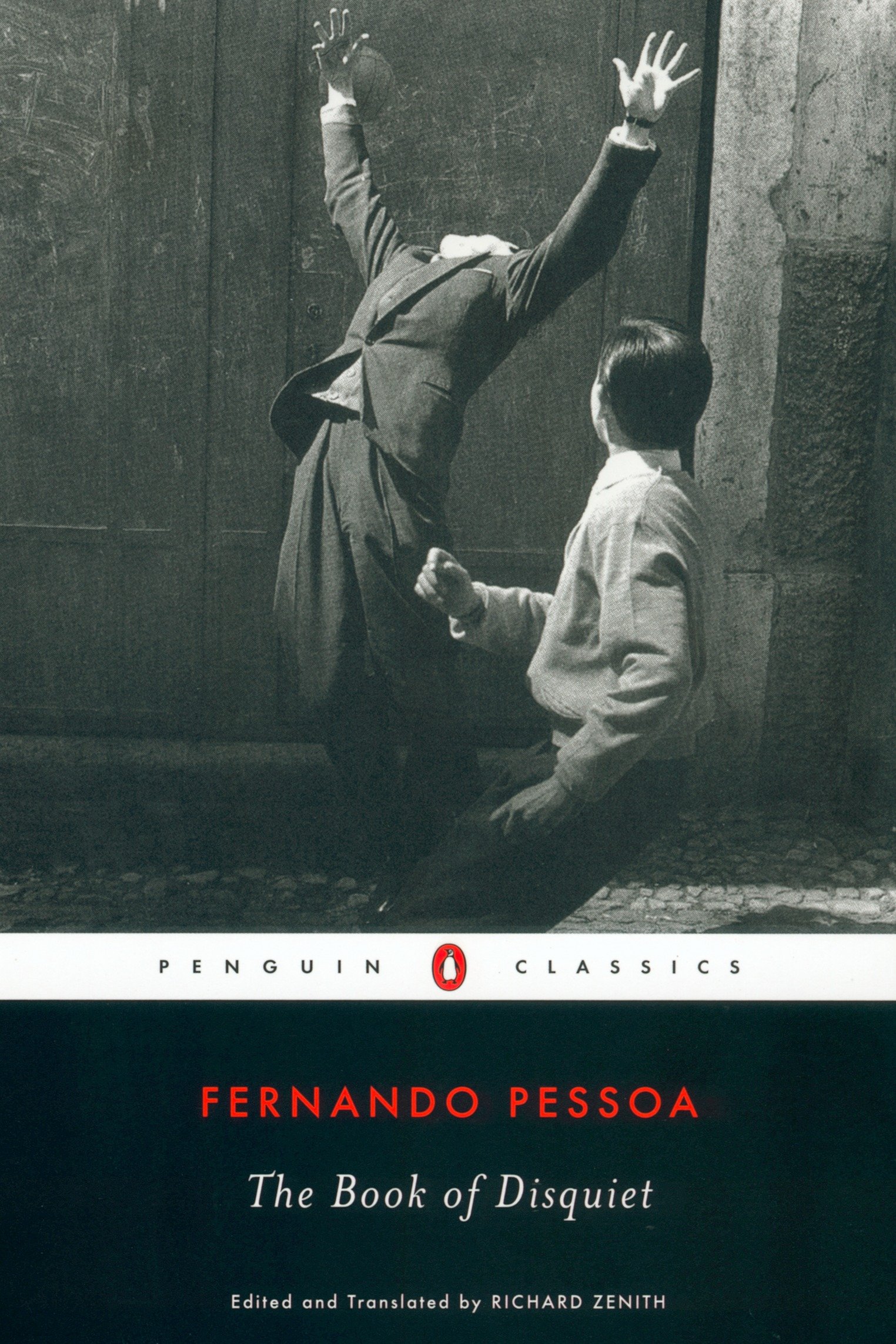
No matter how one chooses to read the novel, one must also confront its melancholy landscape, thunderstorms, a sunless city, and a reflection of a self that is you as much as it isn’t. So when Pessoa writes, “Perhaps it’s finally time for me to make this one effort: to take a good look at my life,” (23) (( Pessoa, Fernando, and Richard Zenith. The Book Of Disquiet. London: Penguin, 2002. )) he compels us to do the same. Isolation and loneliness are no strangers to us, especially now, having spent 2020 in quarantine or experiencing those pangs of alienation scrolling through social media.
Boredom is a constant — there are too many things to do, nothing we want to do. It rains; it pours. The world is sad; the world is on fire. And what does one do about this? What can one do? Perhaps the reason The Book Of Disquiet feels so timely is because of its ability to constantly reflect, to show us ourselves, as the climate of the novel shows Pessoa himself, again and again, no matter the time.
